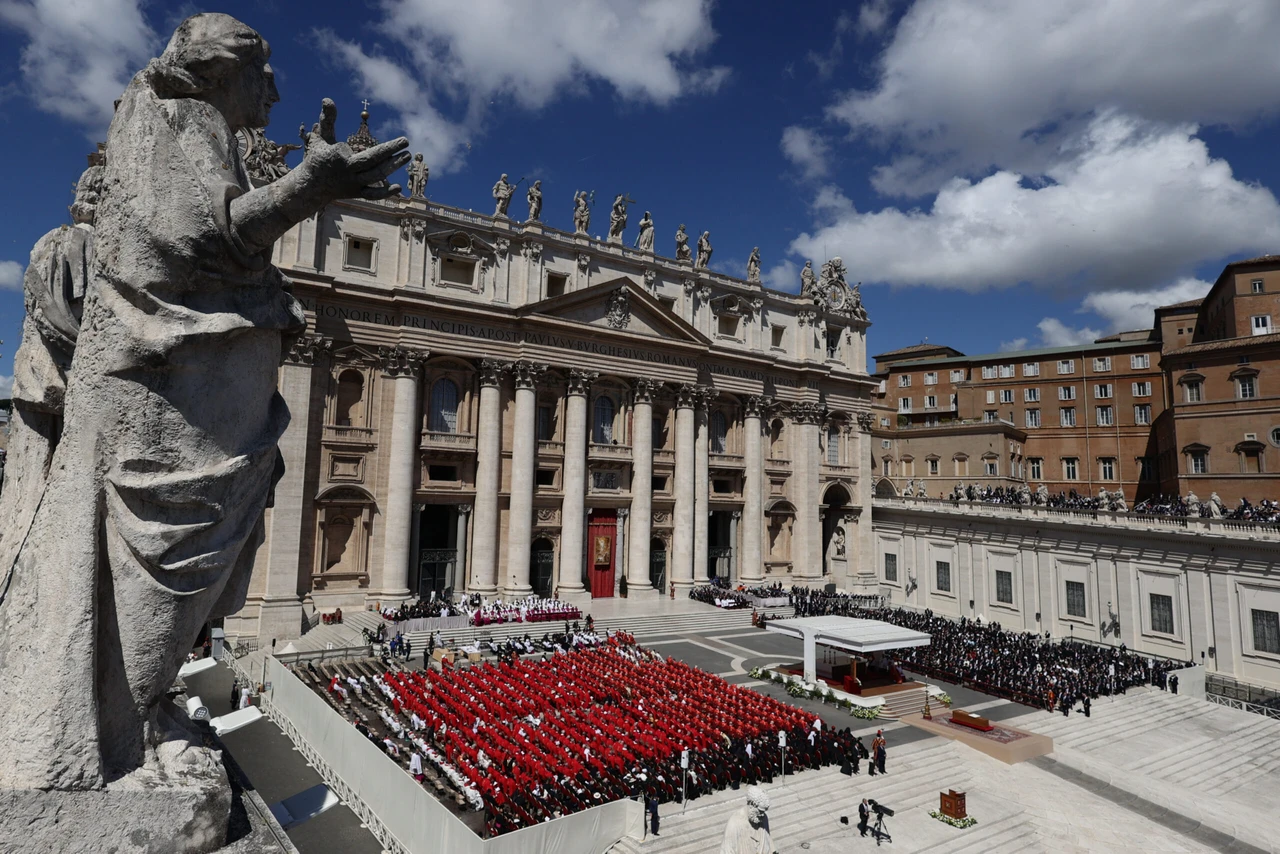Gold dip offers buying opportunity amid mounting rout, analysts say
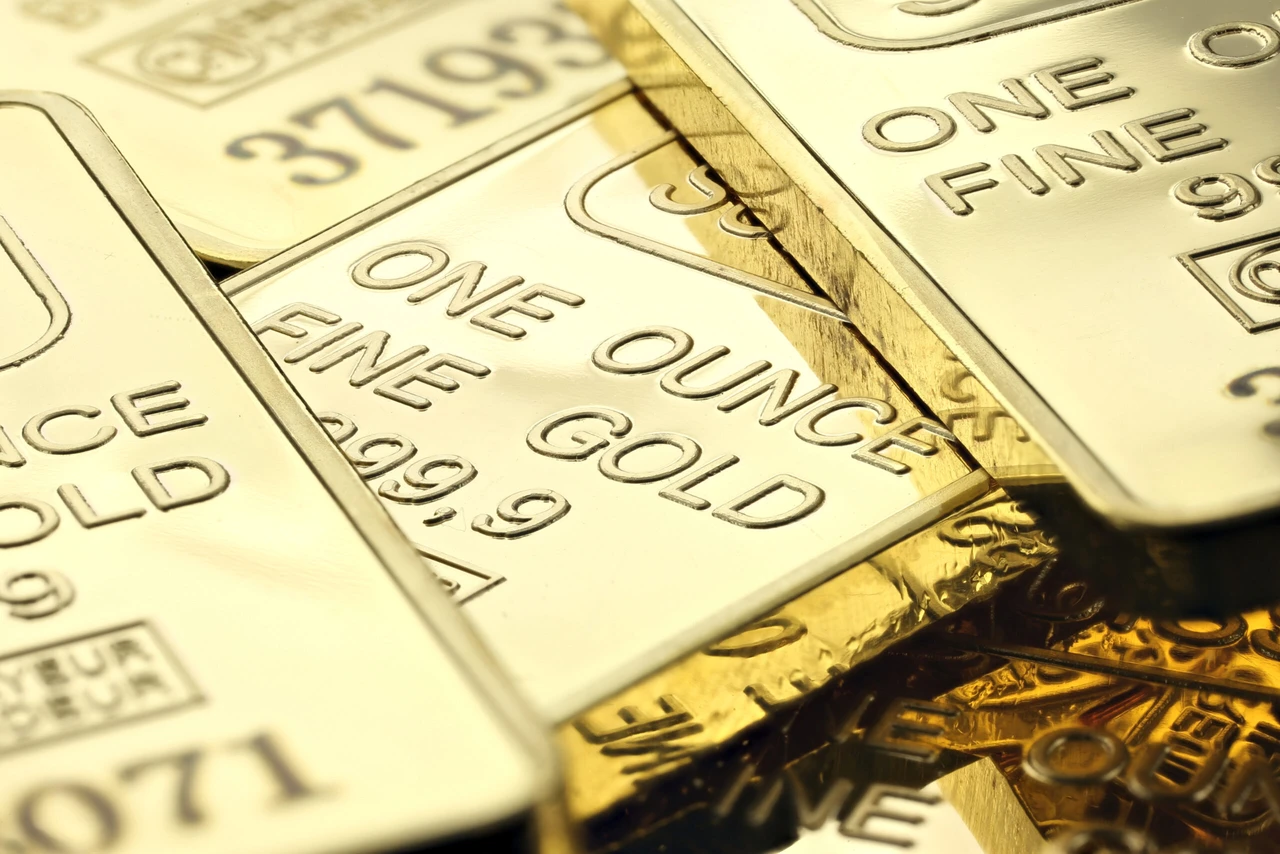 Close-up of a stack of shiny ounce gold bars, accessed on Mar. 18, 2025. (Adobe Stock Photo)
Close-up of a stack of shiny ounce gold bars, accessed on Mar. 18, 2025. (Adobe Stock Photo)
Gold prices retreated from record highs on Friday, slipping to around $3,000 per ounce as a wave of global sell-offs rattled markets amid escalating trade tensions with the Trump tariffs. However, analysts from leading financial institutions say the pullback may present a strategic buying opportunity, particularly as geopolitical and economic uncertainties mount.
Gold prices dropped 2.42%—or $130—to $3,037 per ounce from an all-time high of $3,168.04, according to financial data platform tradingview.com.
U.S. President Donald Trump on Thursday announced the implementation of reciprocal tariffs of at least 10% on imports from 180 countries, aiming to counter what his administration described as unfair trade practices. The move sent shockwaves through global markets, triggering significant volatility in U.S., Asian, and European stocks.
Since the beginning of the year, gold has emerged as the leading safe-haven asset, breaking multiple records amid rising economic uncertainty following Trump’s triumph. The metal has climbed from $2,658, marking a 15.73% gain year to date.
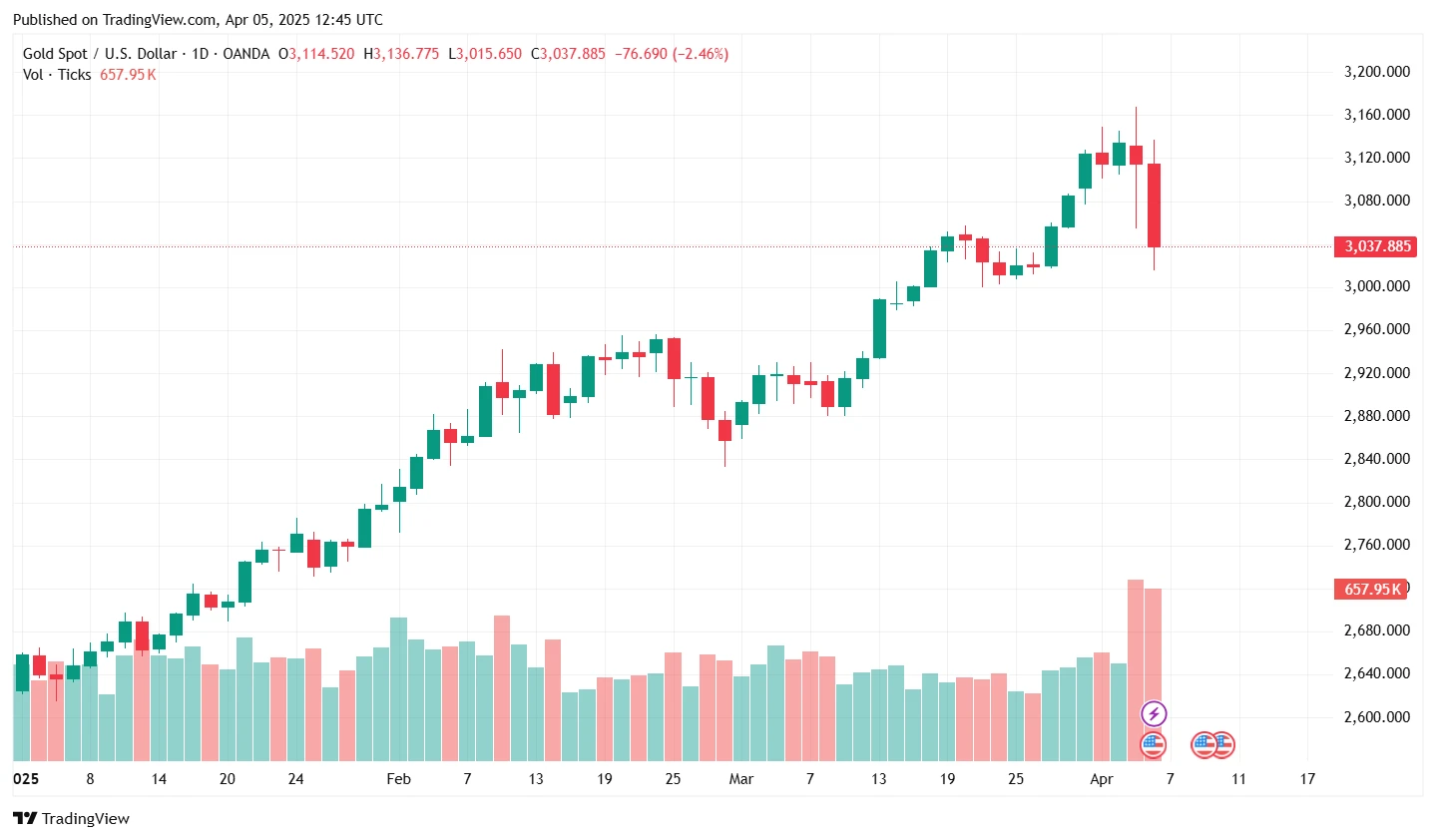
Commenting on the latest market movement, Ilya Spivak, Head of Global Macro at financial media network Tastylive, said gold typically rallies in response to hard-to-price uncertainties, such as the outbreak of conflict. “Once markets figure out how to price these risks, support tends to fade,” he noted.
“The Trump administration appears to have chosen a path, and while sentiment clearly doesn’t like it, at least the path of least resistance is more visible and easier to price. That trims some of gold’s ‘market chaos’ premium.”
Tastylive analysts added that the correction from the $3,170 level may not be over. They expect spot gold could revisit its April 3 low of $3,054, noting the current retracement appears to be unfolding in three waves—only two of which have occurred so far. A breakout above $3,130 could pave the way for gains toward the $3,146–$3,170 range.
HSBC: Geopolitical risks boost gold demand
British lender HSBC revised its gold price forecasts for 2025 and 2026 upwards on Friday, citing heightened global uncertainty.
In a newly published analysis, the bank projected an average gold price of $3,015 per ounce for 2025 and $2,915 for 2026. These figures represent a significant increase from its previous forecasts of $2,687 and $2,615, respectively.
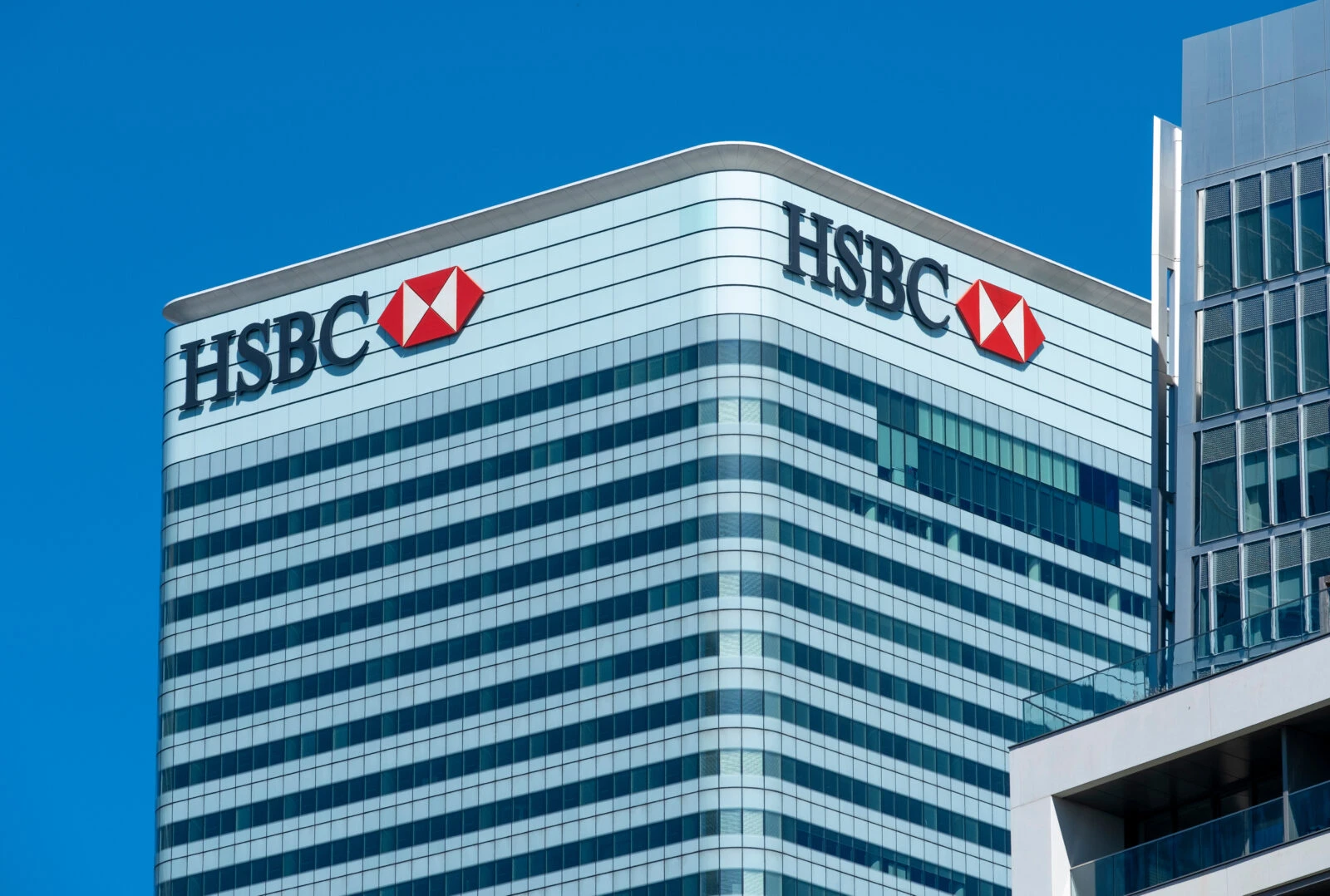
HSBC attributed the revision to factors including the ongoing war in Ukraine, rising tensions in the Middle East, and potential shifts in U.S. foreign policy. The bank also noted that global economic uncertainty continues to fuel demand for gold.
HSBC expects central banks to continue purchasing gold this year and next, although likely at levels below the record highs of 2022–2024. The bank said gold purchases may slow if prices exceed $3,000, but could accelerate if prices fall below $2,800.
The report also cautioned that a potential rebound in the U.S. dollar toward the end of 2025—especially if rate-cut expectations for 2024 do not materialize—could limit gold’s upside potential.
Goldman Sachs: Recent dip is a buying opportunity
U.S.-based investment bank Goldman Sachs described the recent decline in gold prices as a buying opportunity, maintaining its bullish stance on the precious metal. The bank continues to recommend long positions in gold, calling it “the highest-conviction view in commodities.”
In its latest research note, Goldman attributed the drop to short-term technical factors, including position liquidations linked to broader weakness in equity markets and a partial rotation into alternative assets. However, it maintained a supportive outlook for gold in the medium term.
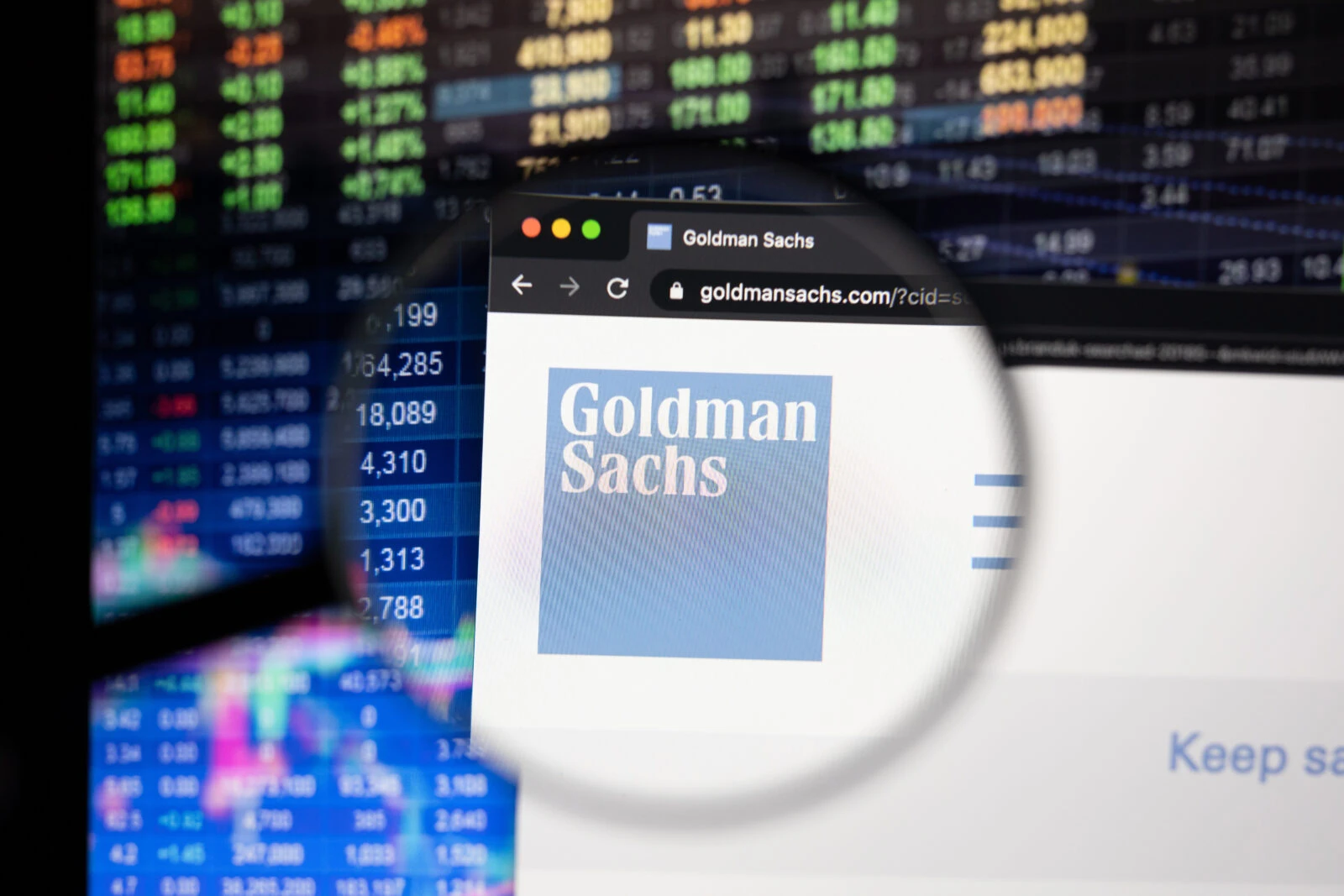
Goldman analysts believe that escalating trade tensions will likely weigh on global growth and boost demand for defensive assets such as gold. Notably, gold was exempt from newly imposed import tariffs, and analysts do not expect it to be targeted in the near future.
The bank also highlighted structural demand from emerging-market central banks, expected interest rate cuts by the U.S. Federal Reserve, and growing recession fears—factors that could drive renewed inflows into gold-backed exchange-traded funds (ETFs).
“We maintain our year-end gold forecast of $3,300 per ounce and set our target range at $3,250 to $3,520,” the bank said. “This reflects primarily the upside risks in investor positioning. We continue to see the balance of risks as tilted to the upside.”
Goldman concluded that the combination of macroeconomic risks and lighter investor positioning could pave the way for further gains. “We view this—along with any additional dips in the gold market—as an opportunity for investors to build long positions,” it added.
